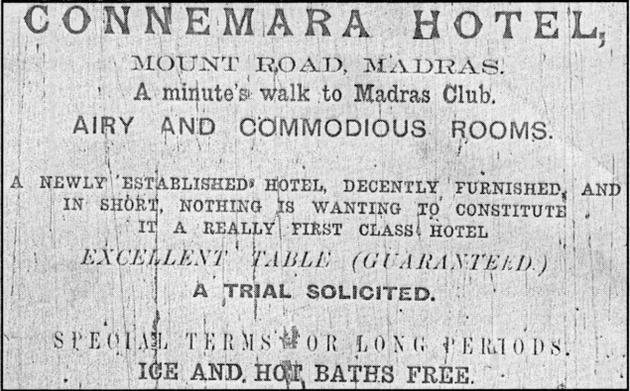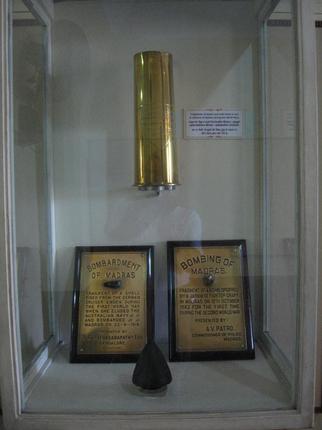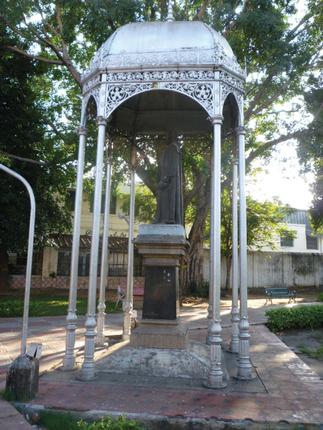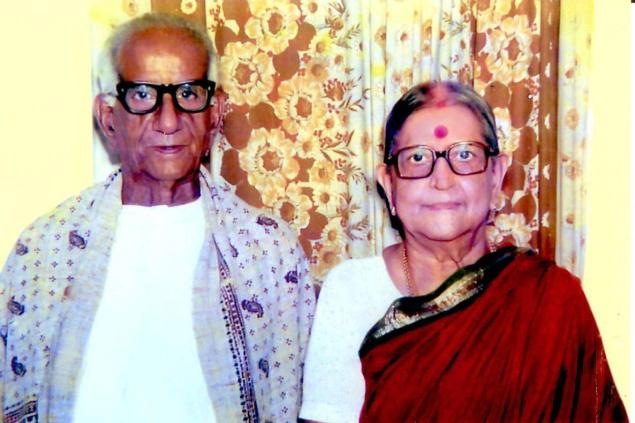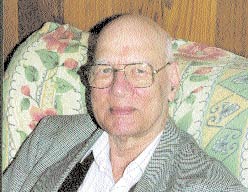
National Book Trust Director M.A. Sikandar on his concerns for the book fair
The New Delhi World Book Fair, to be held at Pragati Maidan from February 14 to 22, will be all about inclusiveness as for the first time lesser known literary figures from the North East of the country will be acknowledged for giving a glimpse into the cultural heritage and rich diversity of the states known as the Seven Sisters. Their books will be displayed in a special theme pavilion of the exhibition ground.
National Book Trust Director M.A. Sikandar has gone out of his way to accommodate the genuine concerns of North Easterners. As a result, the book fair’s theme programme titled “Suryodaya: Emerging Voices from Northeast India” will see books by Sanjay Hazarika, also participating in a panel discussion, and by literary figures like Sanjeeb Kakoty, Mitra Phuken and Arup Kumar Dutta at Hall No. 7.
“When I took over the reigns of NBT in 2012, we selected cinema as the theme. It was followed by tribal literature, children’s literature and now literature from the North East. There are prolific writers who have produced work in different languages. The time has come to acknowledge these writings and showcase them to an international audience. Former militant Hemanta Jamatia, now a folk singer, will be in conversation with Utpal Borpujari,” says Sikandar.
Sikandar informs us that NBT has opened two centres in Guwahati and Agartala to promote the book reading habit in the remotest regions of Assam and Tripura respectively. “Whenever book fairs are held in these States, schools shut down and children accompanied by their teachers come from far and wide. In the years to come, the North East, with a sizeable urban, educated population, would become the most literate State. There is a direct link between literature and education. Tripura has become the number one literary State.”
The NBT director feels that the decision to highlight the literature from these states would eventually help in integrating the entire North East with the rest of the country as people would be acclimatised with the rich culture, traditions and history of the region.
As for choosing South Korea as the focus country, he says, “This move would open business opportunities for Indian publishers. Or else, like other years, European publishers would have struck deals with their Korean counterparts. Now Korean publishers do not have to go to the London Book Fair and the Frankfurt Book Fair. Consequently, publishers and authors would get royalties and Korean publishers would sign translation rights.”
About 200 books, contemporary literature, comics and children’s books, authored by well known as well as new Korean authors will be available.
The WBF does not provide facilities like snack bars or cafés inside the auditoriums. Even the infrastructure at Pragati Maidan, which is fit for hosting melas rather than exhibitions, dies not match world-class book fairs held in cities like London, Frankfurt and Seoul.
“We do not know. The ITPO (Indian Trade Promotion Organisation) is planning this event and is our co-organiser. Not even a big auditorium, where the opening ceremony can be held with all invitees in attendance, exists at the moment at Pragati Maidan. Last year, the audience was sitting under the open sky and it started pouring. Due to lack of infrastructure, business generation is not on the expected lines. We are not able to attract leading foreign authors to the fair and even lose out on translations of famous English books into Indian languages.”
Sikandar says modernisation of infrastructure needs to be carried out in right earnest at Pragati Maidan. “We cannot have such a venue in Greater Noida or in the NCR.”
This time round, NBT has appointed a committee to catch hold of exhibitors, including foreign participants, who are selling the remaindered books.
As China will be the guest of honour nation next year, a five-member Chinese delegation will be discussing the next edition, to be held in January 2016, says the director.
“Since last year, I was keen to change the month, because November is the time of examination fever for school students. To strengthen our age-old storytelling traditions, puppeteers from Iran have been invited. When Chinese President Xi Jinping visited India last September, I had the good fortune of signing an MoU with the Chinese Minister to have China as guest of honour country at World Book Fair-2016.”
source: http://www.thehindu.com / The Hindu / Home> Features> MetroPlus / by Madhur Tankha / February 13th, 2015
